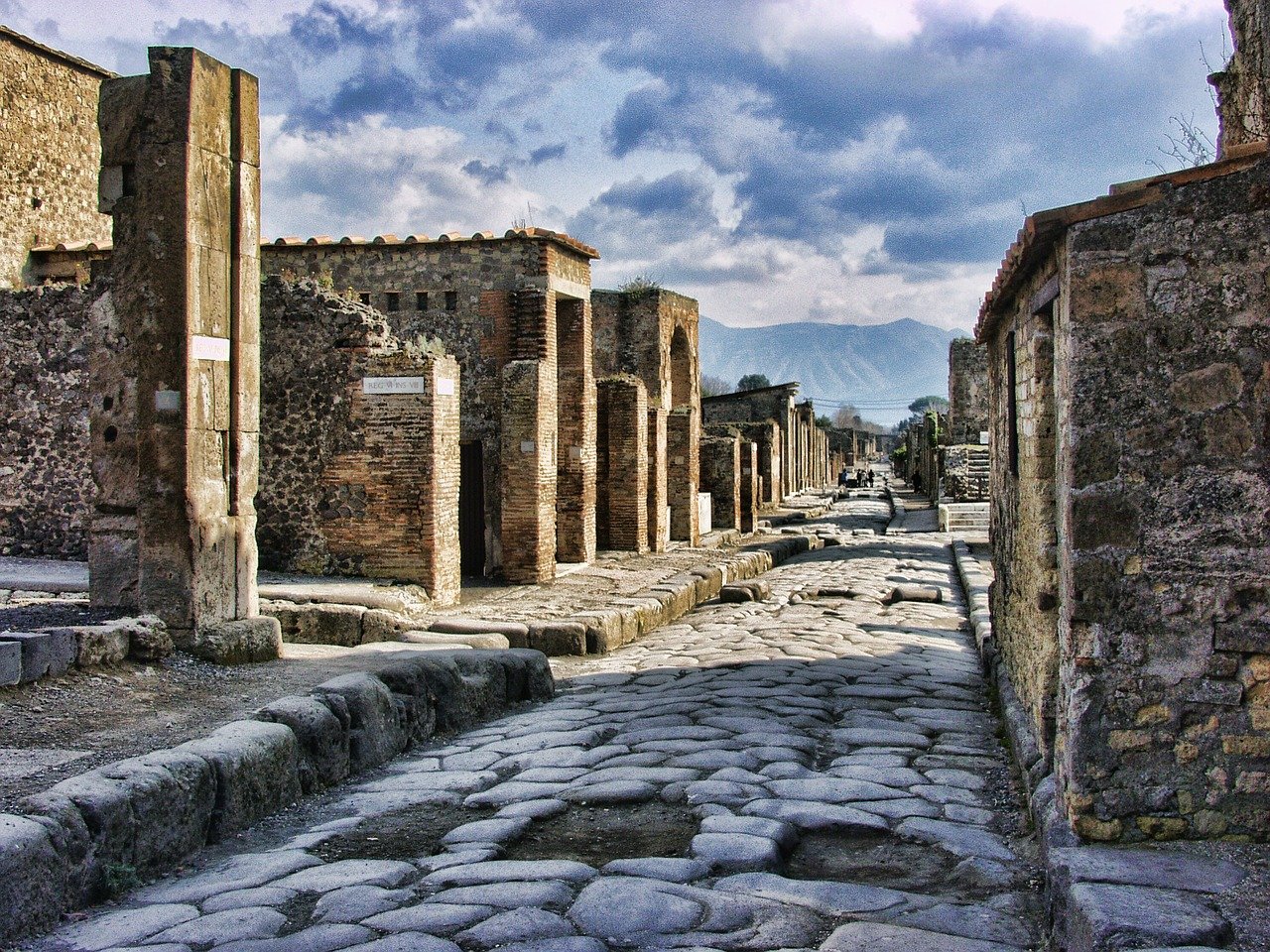Archaeologists announced that they have found the remains of what appears to be a ‘slave room’ while excavating at a Roman villa in Pompeii city. The slave room dates back to 2000 years ago at the time of Mount Vesuvius’s eruption.
In the 16 square meter room, there were three beds, a wooden chest, a ceramic pot, eight amphorae, and ceramic jugs. A slight bit of lighting was coming from the small window above the room. The room had no evidence of wall decorations rather just a mark left by the hanging lantern.
Archaeologists found parts of the horse harness inside the wooden chest while on one of the beds there was a chariot shaft. Previously, at the beginning of 2021, the city made headlines as there was reporting of the discovery of a nearly intact Roman chariot. Around the same time, the remains of three horses were also unearthed during the digging process. Archaeologists believe that the slaves of this slave room were in charge of setting up and maintaining the exact chariot.
The city’s director-general Gabriel Zuchtriegel called the discovery “a window into the precarious reality of people who rarely appear in historical sources, written almost exclusively by men belonging to the elite” in a statement. According to him, it is exciting to have a “unique testimony” which depicts the life of the weakest category in ancient society.
This room gives a rare yet true insight into the reality of slaves. The room was in a well-preserved condition which is a wonder to experts. The room was located between a storeroom and a bedroom at Villa of Civita Giuliana, a Roman villa situated on the outskirts of the historic city.
In the past, the Civita Giuliana villa had gone through damage of $2.3 million due to grave digging and robbery by raiders. So, there’s a possibility that the slave room might have been ransacked like the villa.
This slave room excavation was a piece of a bigger program started in 2017 to stop the illegal tunnel digging for loot as well as selling of historical artifacts in the black market, and other related ill practices in the region.
According to experts, one of the beds might be of a child because of its smaller size of 1.4 meters in comparison to the other two beds of 1.7 meters. The particular thing about beds is their adjustability regarding the height and size of the person. Given the number of beds, they speculate that the room belongs to a family of three.
As per historical records, the city of Pompeii was buried in ash during the eruption of Mount Vesuvius around 79 AD. The eruption led to the killing of inhabitants either by collapsing houses or thermal shocks from the volcano.











